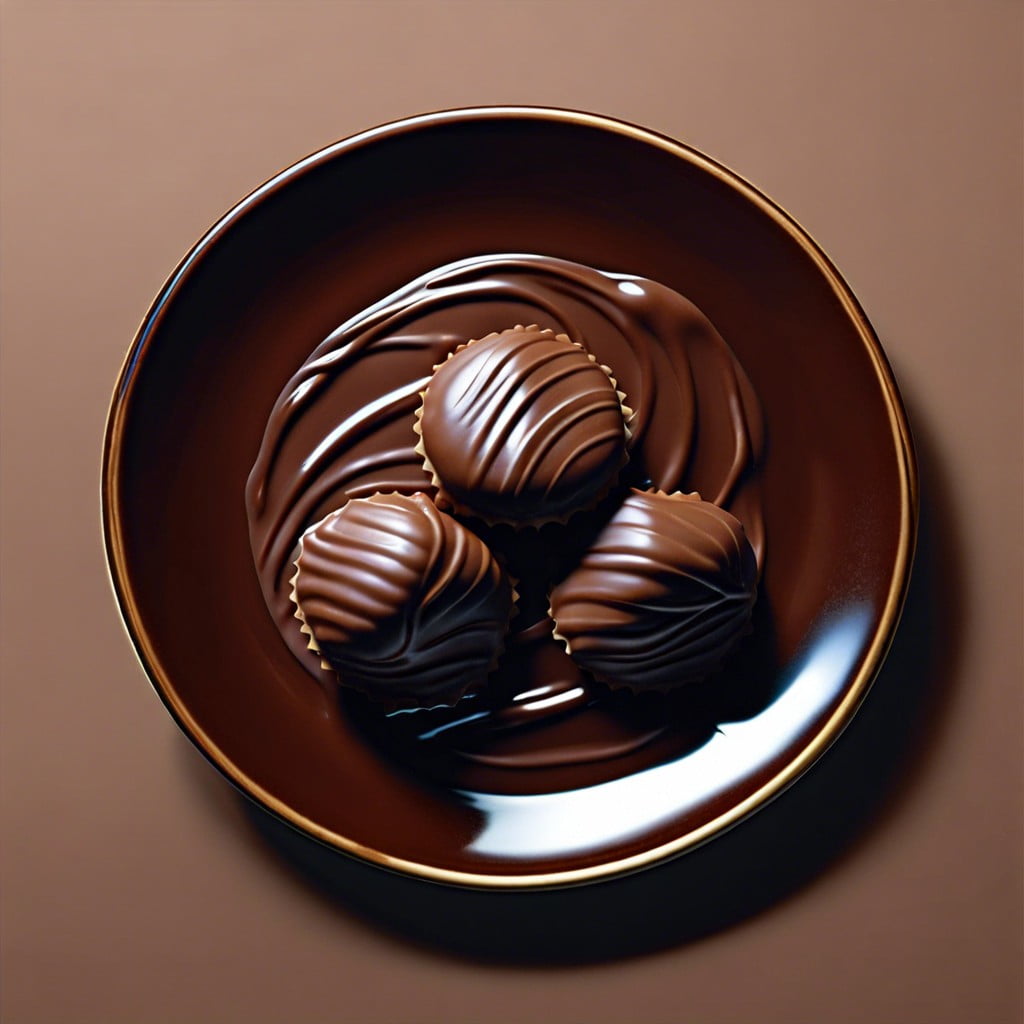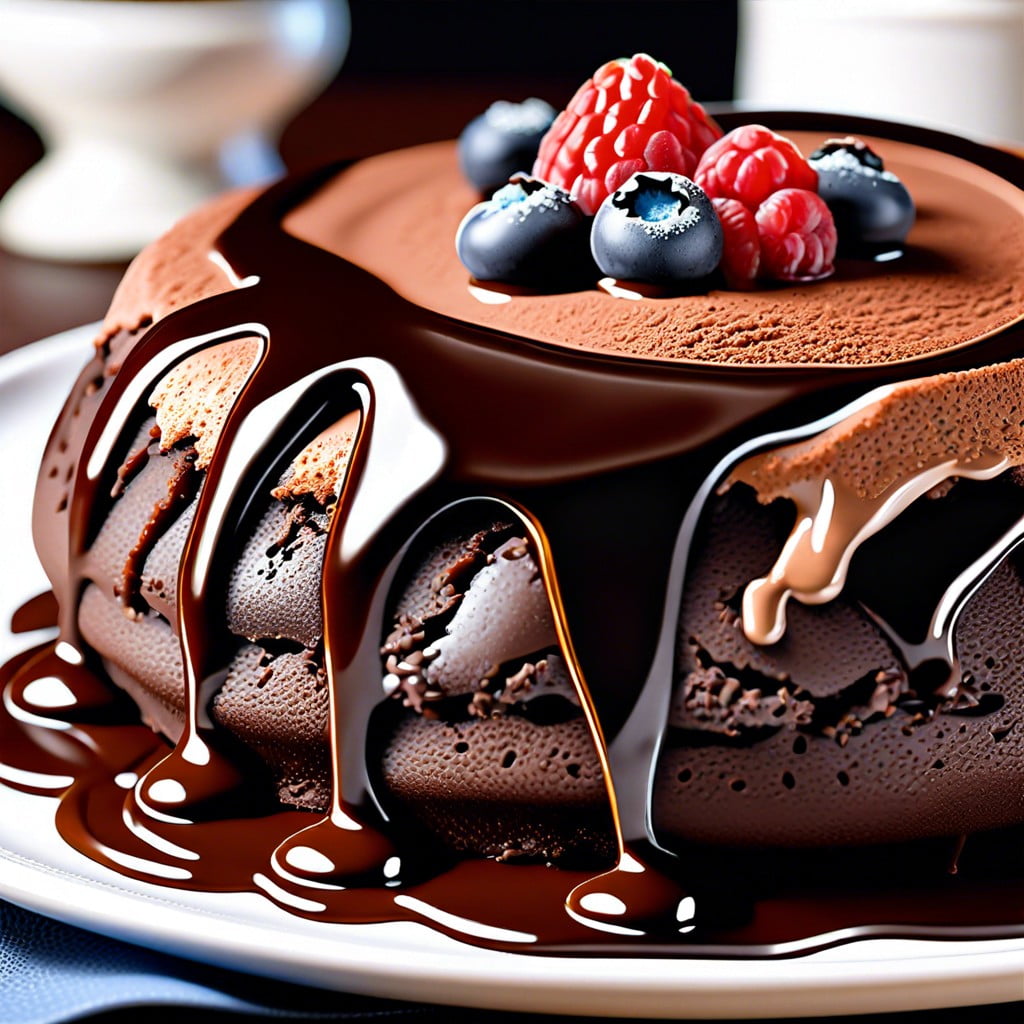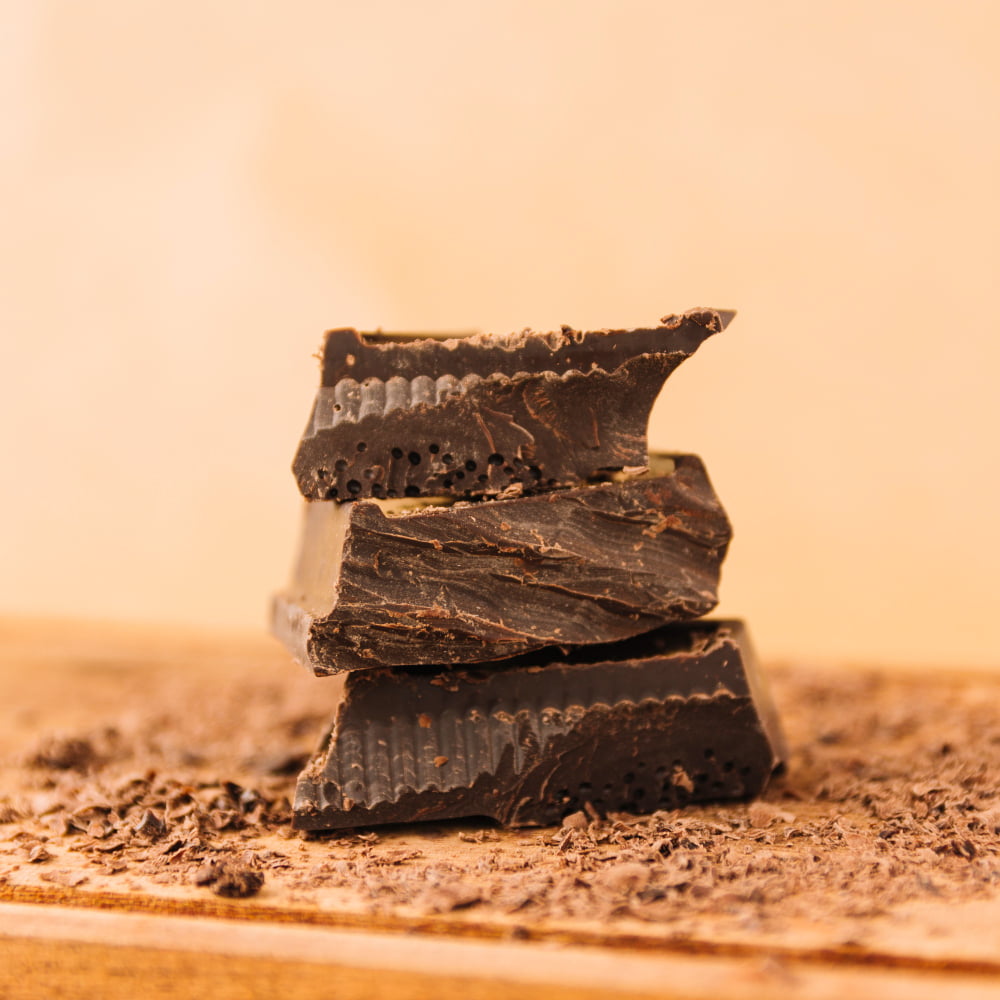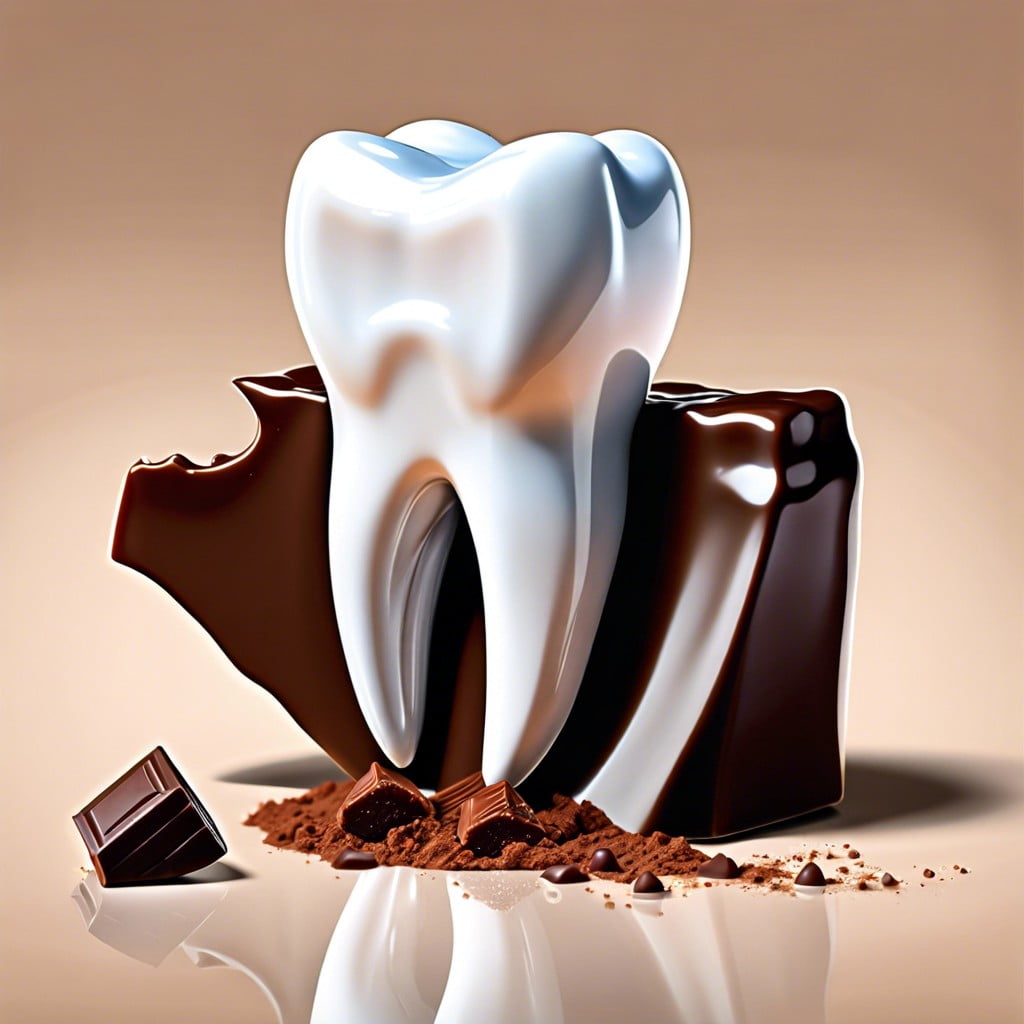Chocolate is correctly spelled as C-H-O-C-O-L-A-T-E, a delectable treat made from roasted and ground cacao seeds.
Key takeaways:
- Chocolate is spelled C-H-O-C-O-L-A-T-E.
- Common mistakes include adding an ‘a’ or transposing letters.
- Remember the spelling by associating it with warmth and comfort.
- Break down the word into syllables: ‘cho-co-late.’
- Rhyme and mnemonic devices can help with memory recall.
Inside
The Correct Spelling: Chocolate
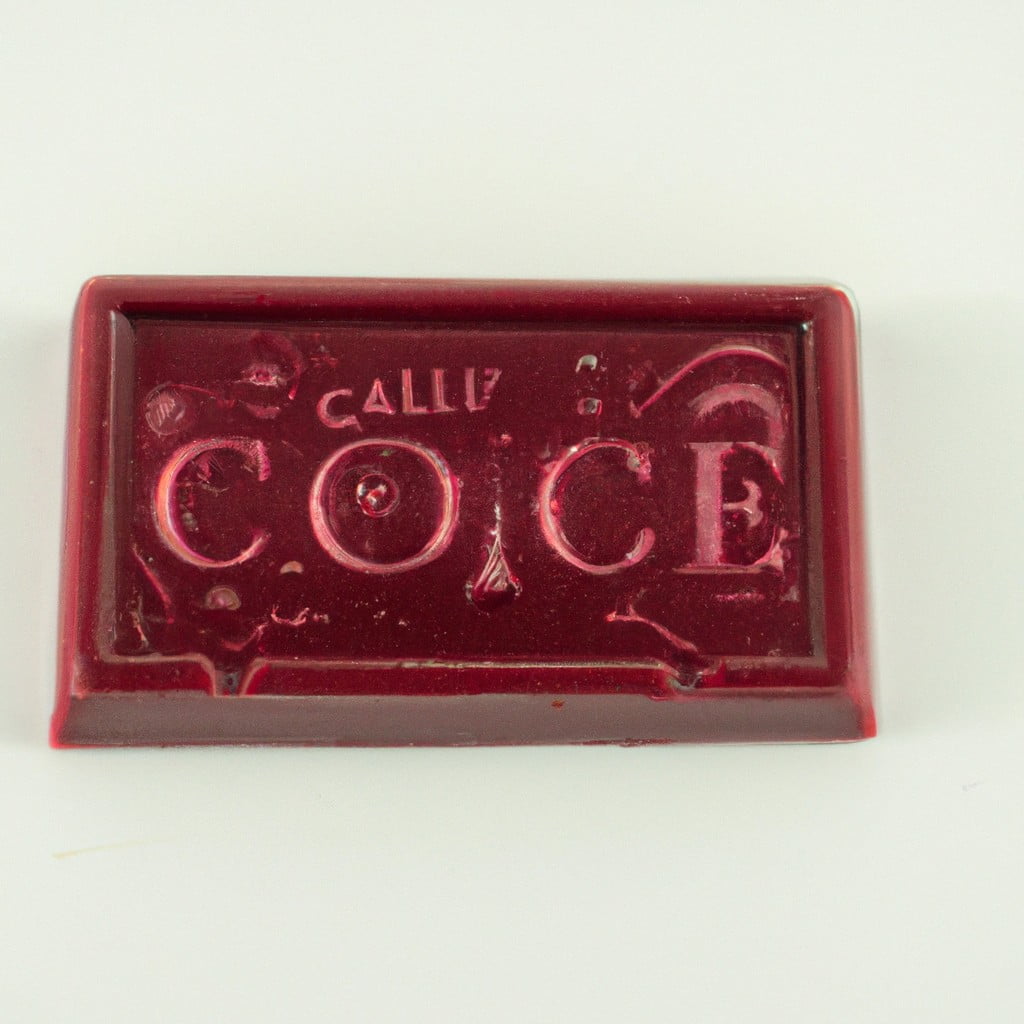
The word in question is spelled C-H-O-C-O-L-A-T-E. It’s important to articulate each syllable clearly: ‘cho,’ ‘co,’ and ‘late,’ which may help in recalling the sequence of letters.
Notably, the word originates from the Aztec word “xocolātl,” and its current form reflects its adoption into the English language with a phonetic structure that complements English pronunciation.
Remember that it contains neither a ‘k’ sound nor a double ‘o,’ which are common errors. Additionally, despite the temptation to mirror the pronunciation of ‘late,’ there is no ‘e’ after the ‘o’ in the second syllable.
Common Spelling Mistakes and Their Causes
Many spellings of ‘chocolate’ mistakenly insert or omit letters due to its Spanish origin and the influence of French and English on its pronunciation and spelling. A common error is to add an ‘a’, forming ‘chocalate’, likely because of its phonetic intuitiveness for English speakers.
Others may transpose letters, resulting in ‘chocholate’, perhaps mistaking the soft ‘ch’ sound as needing reinforcement. Mishearings can also lead to replacing ‘o’ with ‘u’ to spell ‘choculate’, a miscue from the way ‘chocolate’ sometimes rolls off the tongue in casual speech.
These misunderstandings underscore the importance of being familiar with the word’s etymology and standard English spelling conventions.
Tips to Remember the Correct Spelling
Conjure up the image of a rich, creamy hot cocoa. The word ‘chocolate‘ derives from such warmth and comfort, helping to solidify its spelling in your mind.
Break down the word into three distinct parts: ‘cho-co-late.’ Associate each syllable with an aspect of chocolate: ‘cho‘ as in choosing your favorite type, ‘co‘ as in cocoa beans, and ‘late‘ reminiscent of the lingering taste chocolate leaves on the palate.
Leverage the power of rhyme to enhance memory recall. The word ‘late‘ rhymes with ‘gate,’ which can help to lock in the correct spelling. Use mnemonic devices for trickier aspects; for ‘choco,’ think of a ‘choco‘-latte, blending chocolate and coffee, to reinforce the ‘o‘ in both syllables.
Practice writing the word repeatedly. Muscle memory can help ingrain the spelling into your subconscious. Lastly, engage with the term frequently—read recipes, labels, and articles that feature the word prominently. Through repetition and active engagement, the correct spelling will become second nature.
‘Chocolate’ in Everyday Use: A Sweet Addition to Language
The use of the word ‘chocolate’ extends beyond the dessert menu and permeates various aspects of language and expression. It serves as a descriptor within the color palette, likening rich brown shades to the beloved cocoa product.
In literature and film, it often symbolizes indulgence and temptation, underscoring themes of luxury and desire. Marketing language frequently exploits ‘chocolate’ to evoke a sense of comfort and pleasure, tapping into the emotional resonance of this universally cherished treat.
The terminology associated with chocolate, such as ‘dark’, ‘milk’, or ‘white’, carries connotations that help articulate nuances in flavor profiles and preferences. Finally, it’s not uncommon to hear ‘chocolate’ in idiomatic expressions, where it might signify something delectable or irresistible, intertwining closely with the cultural significance of chocolate as more than just a confection but as an essential thread in the fabric of sensory experiences.
